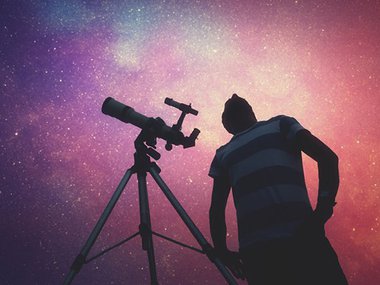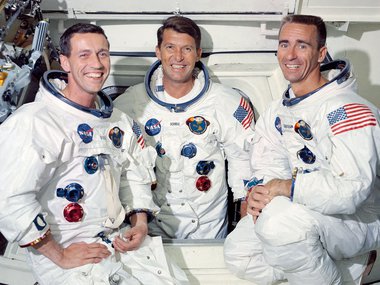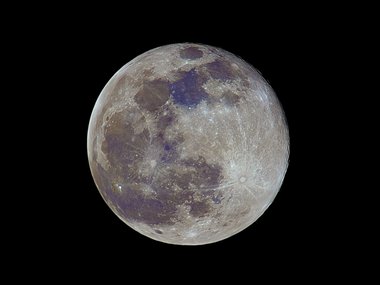Did the Great American Eclipse leave you wanting more? Then you’re in luck! Whether you were already an umbraphile or just got inspired to chase eclipses after the one on April 8, 2024, scientists can predict eclipses well in advance so astronomy lovers can plan their next trip to totality.
While eclipses will be visible from other parts of the globe in the next two decades, the next total solar eclipse that's widely visible in the contiguous United States isn't until 2045. On August 12 of that year, the path of totality from a solar eclipse will cross over 15 states. While Virginia is once again not going to experience a complete blackout (womp womp), folks can head southwest to enjoy up to six minutes of totality!

There are few things in life we plan 21 years in advance, so we understand you might be hesitant to add the 2045 eclipse to your calendar. Just how precise are these scientists’ predictions anyway?
The short answer: current eclipse predictions are actually quite accurate, and they are only getting more precise with time! Here’s why.
Because Earth's rotation and the Moon's orbit shift very slowly, whether it's due to the various predictable or unpredictable factors at play, we know enough to predict when and where eclipses will be visible for several centuries into the future. Being off by a significant amount of time or distance on the day of an eclipse is very unlikely as long as you've been using up-to-date resources to plan your eclipse observations.
Of course, the farther out we try to predict an eclipse, the less accurate it will be. As time marches on and an eclipse approaches, astronomers feed newer data into their models and get updated eclipse predictions. This is like how meteorologists continuously take new observations into account to improve forecasts.
If you wanted to plan a picnic two weeks in advance, you might be worried if the extended forecast included rain. That far ahead of the picnic date, meteorologists probably aren’t publishing hour-by-hour predictions that let you know exactly where and when a storm might ruin your plans. But by a day or two before the picnic, meteorologists have a better idea about whether it will rain at lunchtime on your special day.
You can see these updates in action thanks to NASA's archived eclipse website. For years, one of the world's top eclipse predictors, Fred Espenak, published his projections on NASA’s website. Espenak is retired now, but the information is preserved just as it was in its December 2013 form. At that time, if we were looking ahead to the August 2045 eclipse, the prediction would look something like this.

Image courtesy of NASA.
Though retired, Espenak is still predicting eclipses … he just publishes them on his own website instead of NASA’s now! His current prediction for the 2045 eclipse uses more recent data and, as a result, the details of the eclipse differ from older predictions. The point of greatest eclipse has shifted almost 5 miles. In addition, times have shifted about 20 seconds between the older and more current predictions.
We still have two decades to go before the next eclipse so we can expect both of these metrics to continue to shift. That said, an adjustment of a handful of miles or seconds isn't enough to make the Moon's shadow entirely miss the Earth. In other words, you can mark your calendar because the eclipse is happening!
So, there you have it: science says make plans to see this celestial spectacle with confidence! But maybe wait a few years to book a hotel room if you want to be right on the centerline.


